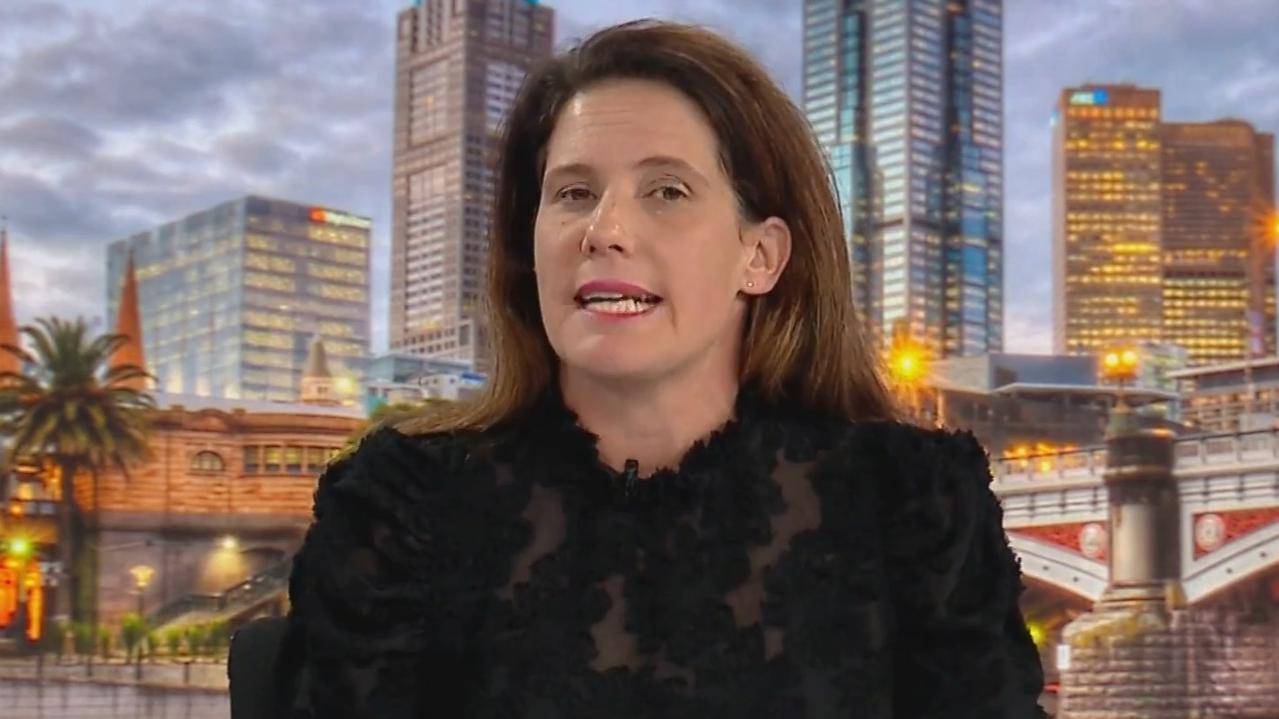Aussies warned to brace for repayment shock, increase in mortgage arrears rate
A grim forecast has been issued for Aussies struggling to pay their mortgages, as thousands of borrowers brace for an inevitable repayment shock.

Banking
Don't miss out on the headlines from Banking. Followed categories will be added to My News.
A finance expert has warned that mortgage arrears could “tick up” as soon as the second half of 2023, with millions of Aussie borrowers on a mortgage cliff of low rate home loans due to face a repayment shock.
Erin Kitson’s warning followed her revelation that people living in the outer regions of capital cities across the country had higher mortgage arrears levels than their inner-city counterparts.
Some of the high rate areas included the South West, Outer West and Blue Mountains regions in Sydney.

Soaring interest rates, including a large run-up over the past year as the Reserve Bank of Australia (RBA) struggles to keep inflation low, has been blamed for the increase in mortgage arrears.
But Ms Kitson said the rate of loans in arrears for more than 30 days was only sitting at about 1 per cent as of May this year.
“In terms of comparisons, to the global financial crisis (GFC) and historically, this is around long-term averages,” said Ms Kitson, S & P Global Ratings’ director of structured finance ratings.
“It’s certainly lower than the GFC peaks … where we saw those arrears of around 1.8 per cent.”
Speaking to The Adviser Magazine’s In Focus podcast, Ms Kitson said there could be an increase in mortgage arrears levels around the second half of 2023 and early 2024 due to “repayment shock” from interest rates increasing.
The RBA earlier this year estimated about $350bn worth of loans would be affected as thousands of Australians shift from fixed rates to more expensive variable rates.

“With fixed rate roll-offs … it’s probably likely you’ll see arrears tick up at those junctures, given there’s going to be some expected level of repayment shock,” Ms Kitson said.
“I don’t think there’s a magic number.
“But if you take the GFC at 1.8 per cent and where unemployment was there, it was higher than what we have now.
“It’s really important with mortgage arrears, it’s very hassle-specific, so I don’t think there’s a universal inflection point.”
While Australia was facing housing affordability pressures with high interest and “stubborn” inflation rates, a low unemployment rate – currently sitting about 3.5 per cent – was acting as an “anchor” to keep mortgage default levels low.
“Loss of income is a key cause of mortgage defaults,” Ms Kitson said.
“In terms of overall levels of mortgage defaults, we’re not expecting a material spike.”
During the podcast, Ms Kitson also explained why different geographic areas across the country were experiencing higher levels of mortgage arrears.

She said S & P’s arrears data analysis had found arrears levels were higher on the “outskirts and fringes” of capital cities.
Sydney’s South West region had the highest arrears of the capital cities in May, at 2.2 per cent, followed by areas like the Outer West and Blue Mountains, Melbourne’s North West and Perth’s North East at 2 per cent.
Ms Kitson said housing was more affordable on the outskirts of capital cities, which attracted borrowers like first-home buyers.
She said they were more deposit-constrained than more older borrowers and were therefore more susceptible to higher interest rate rises.
“I think there’s a lot of uncertainty around the direction of house prices because we have an unusual situation where interest rates are still rising and you would normally expect to see property prices coming off,” Ms Kitson said.
“But prices seem to have done the opposite, they’ve done an about-face since February.
“We see property price growth increasing, perhaps a slowdown in growth to what we’ve seen in recent months, and then into the first half of next year perhaps prices will stay flat for a period, given there is a lot of rollover onto variable rates.
“Then we’ve got further increases forecast in the second half of the year … very much predicated on that undersupply, that gap between housing demand and supply.”
The mortgage cliff scenario has also created headaches for the major banks, with NAB revealing it has fielded more than 1000 calls a day from customers worried about their finances.
The Sydney Morning Herald reports the uptick in calls was “most attributable” to people feeling the pinch from the 12 rate increases.
NAB chief executive Ross McEwan earlier told the House Standing Committee on Economics about 45 per cent of the bank’s fixed-rate customers had rolled into variable rates.
Originally published as Aussies warned to brace for repayment shock, increase in mortgage arrears rate









